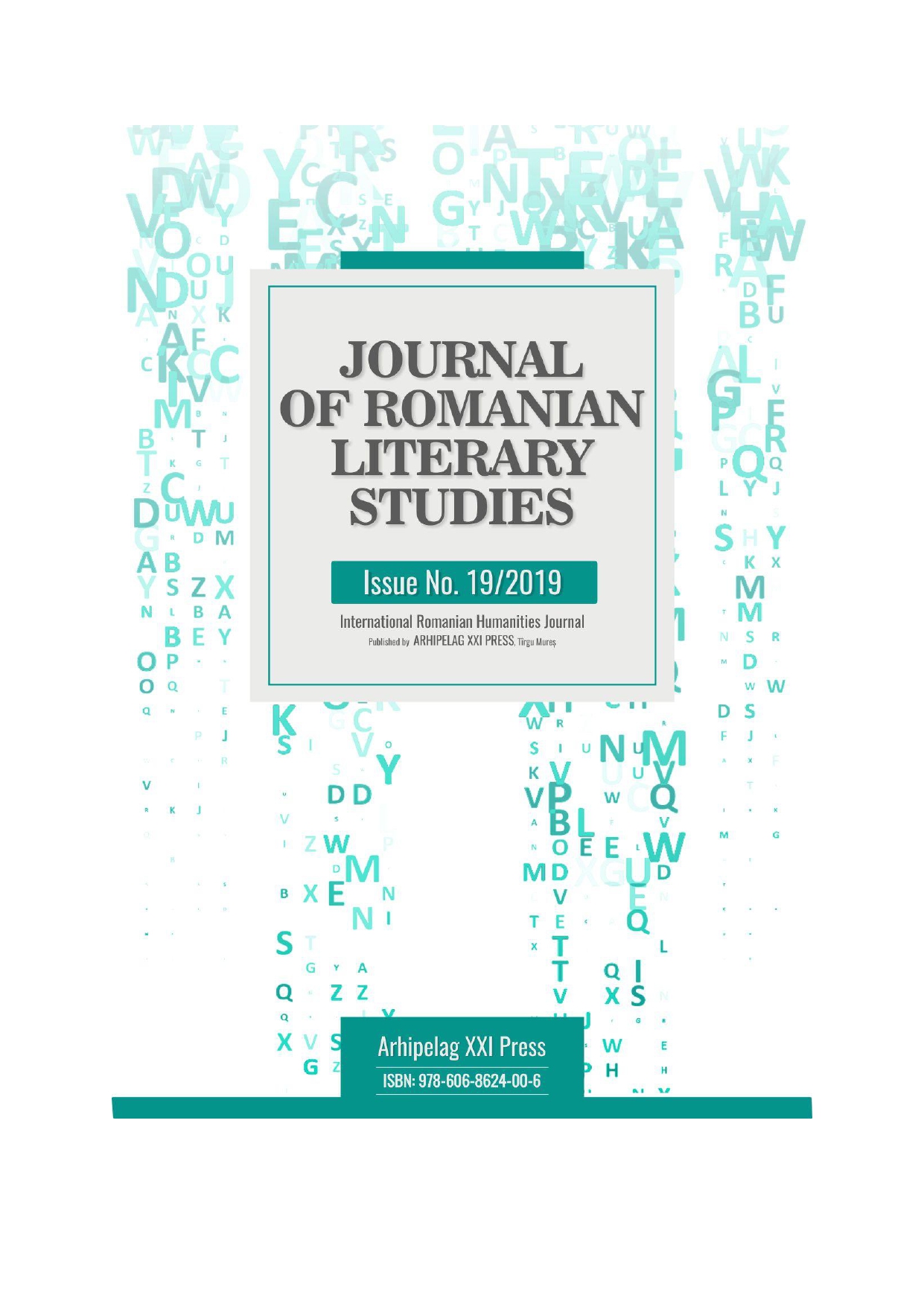PERCEPTIONS OF PROXIMITY AND DISTANCE IN THE EMINESCIAN POETRY
PERCEPTIONS OF PROXIMITY AND DISTANCE IN THE EMINESCIAN POETRY
Author(s): Alexandra-Măriuca CîrsteaSubject(s): Poetry, Romanian Literature, Philology, Theory of Literature
Published by: Editura Arhipelag XXI
Keywords: close; far; narrative; descriptive; time;
Summary/Abstract: The concept of space occupies a central place in Eminescu. The closeness and the proximity and distance model the Eminescian poetic sensitivity. Thus, I will call for spatial, but also temporal, indices, which are in dissociable.The frequency of the dumps will be followed here, now, almost, far away, by analyzing representative poems; then I will discuss the image, respectively, the mediation by description of proximity anddistance.Specifically, we will define indeterminate lethargy as an entity that does not accompany the image, the descriptive lethality, which is the most important, and which is metaphorically connected, and, last but not least, the narrative lethality, defined by the ambiguity between space and time, using theBahtinian phrase of the chronotope.Finally, we will see if the perception of proximity and distance is explicitly illustrated or only suggested.This work is built on three chapters, so, in the first, It’s about contexts where immediately, directly, remains appear that are vectors of position of the body in relation to space. In the second and third chapters, it’s about the perception mediated by legend, myth or narrative elements, specifying that it is often difficult to fit into a category, because the description encompasses narrative elements, as the narrative involves descriptive elements.At Eminescu, we can say that we are in front of a morphology of language, the debris: here, now, near, far, they often manifest themselves, having the role of encoding that spatial configuration in the context of communication. We can speak of an indefinite juxtaposition that does not accompany the image and a relation of complementarity between the descriptive and the narrative.In order to follow the eminescian perception on the closeness and the apartness we will try to classify the poems according to the frequency of the deictic.Adverbs of place, in particular, will be accompanied by images that are expressed through style figures such as: the antithesis (most commonly encountered), repetition, metaphor, metaphorical or personifying epithet. Moreover, only if we follow these remains can we notice that they are in a relation of antinomy: herethere, now-then, near-far, the antithesis, thus remaining the dominant style figure.
Journal: Journal of Romanian Literary Studies
- Issue Year: 2019
- Issue No: 19
- Page Range: 1314-1320
- Page Count: 7
- Language: Romanian

